Design decisions for buildings and communities are critical to efforts to increase local and regional resiliency. Building designers — of residential, institutional, and commercial structures — should strive to incorporate passive and active survivability concepts into new and renovated structures.
Community planners and developers need to incorporate concepts that increase the capacity to maintain transportation flow, strategies to handle water management, and infrastructure approaches that will withstand a variety of risks.
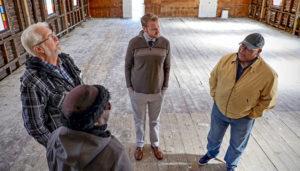
Reflections on Sea Level Rise and Climate-Induced Migration
Resilient Virginia invites Annual Sponsors to write guest articles for the newsletter and website. We thank Clark Nexsen, a Community Leader Annual Sponsor, for giving permission to reprint an article by Graduate Fellow, Zane Havens.
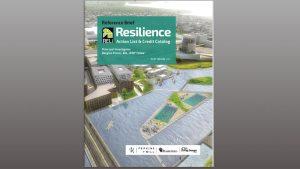
RELi: USGBC’s New Resilient Design Rating System
RELi, the U.S. Green Building Council’s new standard for projects designed to endure and recover from extreme weather, is a national consensus standard. It was developed through an American National Standards Institute (ANSI) process, and focuses on creating resilient buildings and communities.
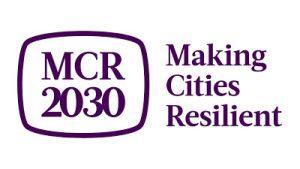
Resilience Roadmap: Making Cities Resilient 2030 — UNDRR
Making Cities Resilient 2030 (MCR2030) is a programmatic approach developed by the UN Office for Disaster Risk Reduction (UNDRR) to help cities reduce risk and build resilience.
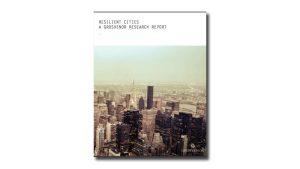
Resilient Cities, A Grosvenor Research Report
This 2014 research report developed by Grosvenor quantified the resilience of the world’s most important 50 cities based on two criteria: vulnerability and adaptive capability.
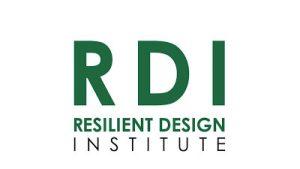
Resilient Design Institute
The Resilient Design Institute (RDI) creates solutions that enable buildings and communities to survive and thrive in the face of climate change, natural disasters and other disruptions.
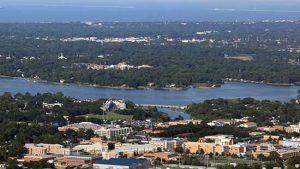
Study on Resilient Infrastructure Recommendations Informs Real-World Implementation
As climate change continues to drive sea level rise, many coastal regions are adopting new standards to create resilient infrastructure.
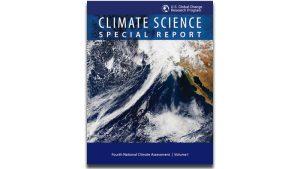
The 2017 National Climate Assessment Report
Climate Science Special Report (Volume 1) was released on November 3, 2017. The National Climate Assessment summarizes the impacts of climate change on the United States, now and in the future.
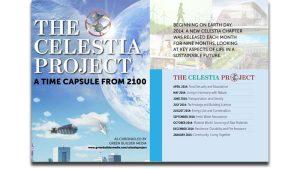
The Celestia Project: Vision for the Future
Earth Day 2015 is just around the corner, and this year Resilient Virginia shares an inspirational vision of the future through our exclusive sneak peak of the ebook on The Celestia Project, which will be unveiled officially by Green Builder magazine on this Earth Day.
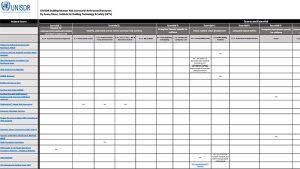
The Disaster Resilience Scorecard for Industrial and Commercial Buildings
PreventionWeb’s Disaster Resilience Scorecard provides a baseline for buildings and campus resilience to natural hazards or man-made disasters, and allows progress to be tracked as improvements are made, as the urban environment changes, or as the ownership and/or operation of the building changes.
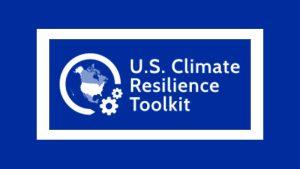
U.S. Climate Resilience Toolkit
The U.S. Climate Resilience Toolkit (CRT) is an online resource designed to help people find and use information, tools, and subject matter expertise to build climate resilience.

Reflections on Sea Level Rise and Climate-Induced Migration
Resilient Virginia invites Annual Sponsors to write guest articles for the newsletter and website. We thank Clark Nexsen, a Community Leader Annual Sponsor, for giving permission to reprint an article by Graduate Fellow, Zane Havens.

RELi: USGBC’s New Resilient Design Rating System
RELi, the U.S. Green Building Council’s new standard for projects designed to endure and recover from extreme weather, is a national consensus standard. It was developed through an American National Standards Institute (ANSI) process, and focuses on creating resilient buildings and communities.

Resilience Roadmap: Making Cities Resilient 2030 — UNDRR
Making Cities Resilient 2030 (MCR2030) is a programmatic approach developed by the UN Office for Disaster Risk Reduction (UNDRR) to help cities reduce risk and build resilience.

Resilient Cities, A Grosvenor Research Report
This 2014 research report developed by Grosvenor quantified the resilience of the world’s most important 50 cities based on two criteria: vulnerability and adaptive capability.

Resilient Design Institute
The Resilient Design Institute (RDI) creates solutions that enable buildings and communities to survive and thrive in the face of climate change, natural disasters and other disruptions.

Study on Resilient Infrastructure Recommendations Informs Real-World Implementation
As climate change continues to drive sea level rise, many coastal regions are adopting new standards to create resilient infrastructure.

The 2017 National Climate Assessment Report
Climate Science Special Report (Volume 1) was released on November 3, 2017. The National Climate Assessment summarizes the impacts of climate change on the United States, now and in the future.

The Celestia Project: Vision for the Future
Earth Day 2015 is just around the corner, and this year Resilient Virginia shares an inspirational vision of the future through our exclusive sneak peak of the ebook on The Celestia Project, which will be unveiled officially by Green Builder magazine on this Earth Day.

The Disaster Resilience Scorecard for Industrial and Commercial Buildings
PreventionWeb’s Disaster Resilience Scorecard provides a baseline for buildings and campus resilience to natural hazards or man-made disasters, and allows progress to be tracked as improvements are made, as the urban environment changes, or as the ownership and/or operation of the building changes.

U.S. Climate Resilience Toolkit
The U.S. Climate Resilience Toolkit (CRT) is an online resource designed to help people find and use information, tools, and subject matter expertise to build climate resilience.
